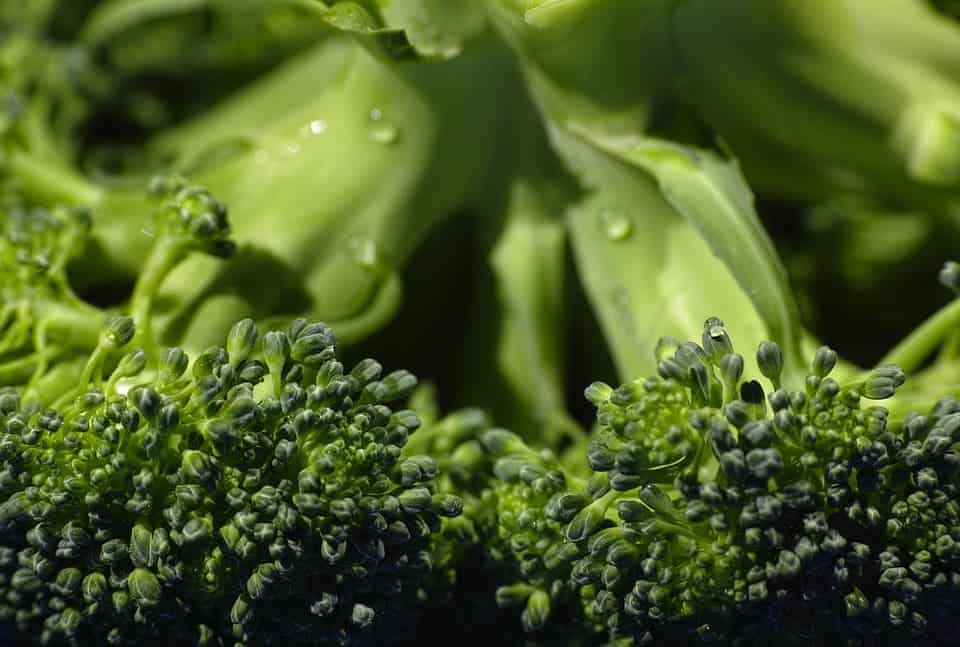A concentrated extract obtained from broccoli has been found to reduce blood sugar levels by up to 10% in patients with type 2 diabetes, and could provide an unexpected but indispensable treatment for the condition.
Patients suffering from type 2 diabetes see their body’s production of and response to insulin — the hormone that regulates glucose levels in the blood — severely limited or dropping down to almost zero. Needless to say, this does not make for good news, and the condition is associated with a host of symptoms you don’t want — from increased thirst, kidney problems, increased chances of heart attacks and wounds which don’t heal to blindness and loss of limbs.
The go-to drug prescribed to keep the condition in check is metformin, which works by lowering glucose production and so its concentration in the blood. The caveat, however, is that metformin goes really hard on your kidneys, preventing roughly 15% of patients from using this drug as they risk irrevocable damage to the organs.
Eat your greens
While a diet rich in plants has been shown to help prevent diabetes, broccoli seems to be especially good at it. Some time ago, a chemical found in the sprouts called sulforaphane was found to reduce glucose levels in diabetic rats. A team of researchers led by Anders Rosengren of the University of Gothenburg in Sweden, now found that its effect also carries over to human patients.
The team gave 97 people with type 2 diabetes either a high concentration dose of sulforaphane daily over a three-months period or a placebo. All but three of the participants had prescriptions for metformin and continued to take the drug during the trial. Those three could control their condition relatively well without metformin. The dose of sulforaphane the team used was about one hundred times more concentrated than that in broccoli.
“It was the same as eating around five kilograms [11 pounds] of broccoli daily,” says Rosengren.
The team found that on average, participants who received sulforaphane had 10% lower blood glucose levels those in the control group (who received placebos). The largest drop was reported for obese participants with “dysregulated” diabetes, whose baseline glucose levels were the highest. While 10% might not sound like much, it’s enough to reduce the chances of complications developing in the eyes or kidneys, the team reports.
They also found that sulforaphane lowers blood glucose levels in a completely different way from metformin. The latter makes cells more responsive to insulin, making them clear more of the surplus sugar from the blood. Sulforaphane, by contrast, lowers the quantity of the sugar injected into the bloodstream in the first place by suppressing the activity of liver enzymes which drive glucose production.
Because they work on different ‘ends’ of the problem, the team is confident that the two drugs could be used to complement each other. Alternatively, sulforaphane can be used as a substitute for metformin in patients who can’t take the drug fearing kidney complications. Finally, as it lowers glucose production, sulforaphane could help pre-diabetic patients avoid the condition altogether. Coupled with other emerging treatments, we may be close to overcoming type 2 diabetes.
The team is now working with the Swedish Farmers’ Association to seek approval for the broccoli powder to be used as a drug.
The full paper “Sulforaphane reduces hepatic glucose production and improves glucose control in patients with type 2 diabetes” has been published in the journal Science Translational Medicine.










